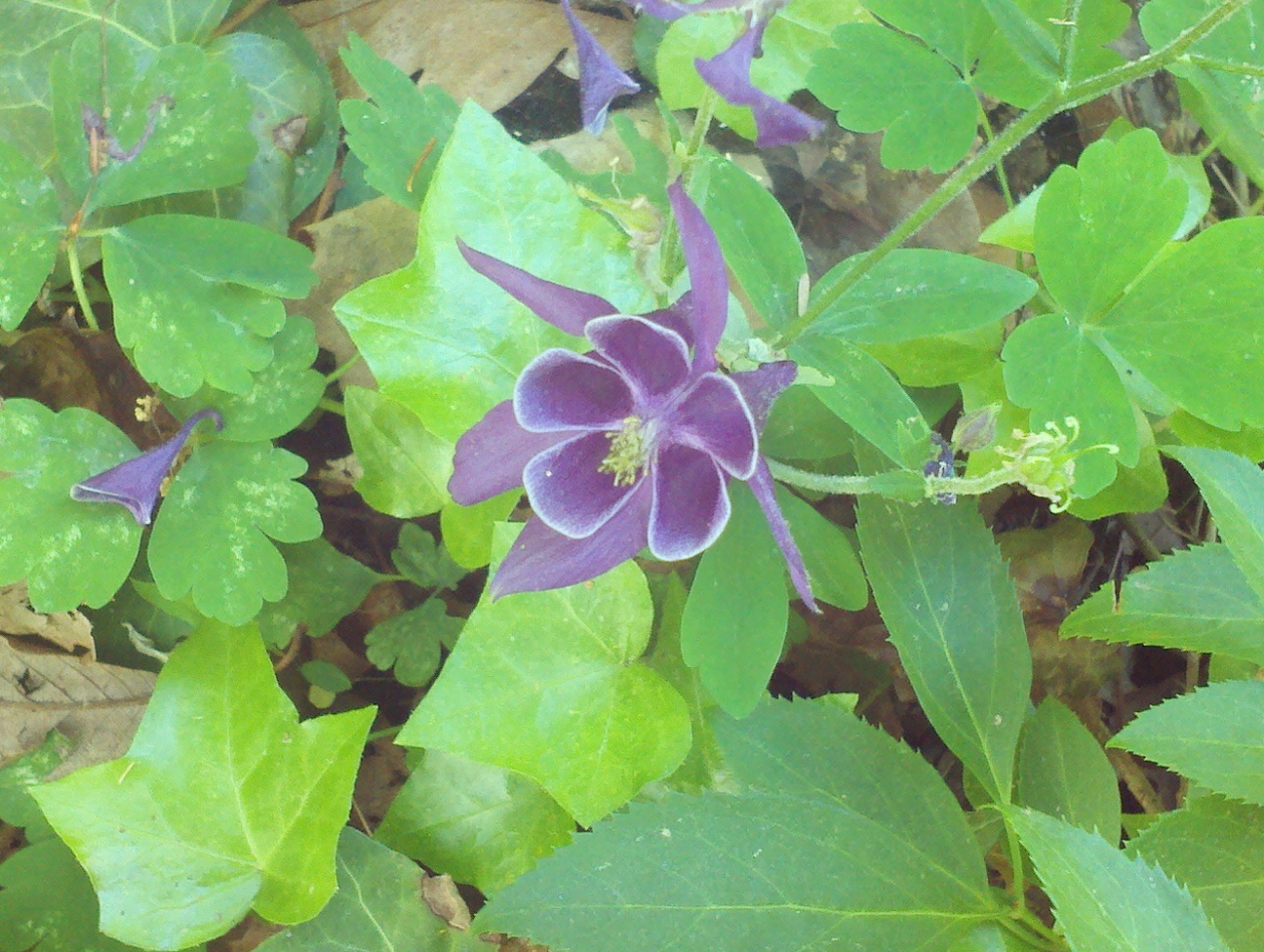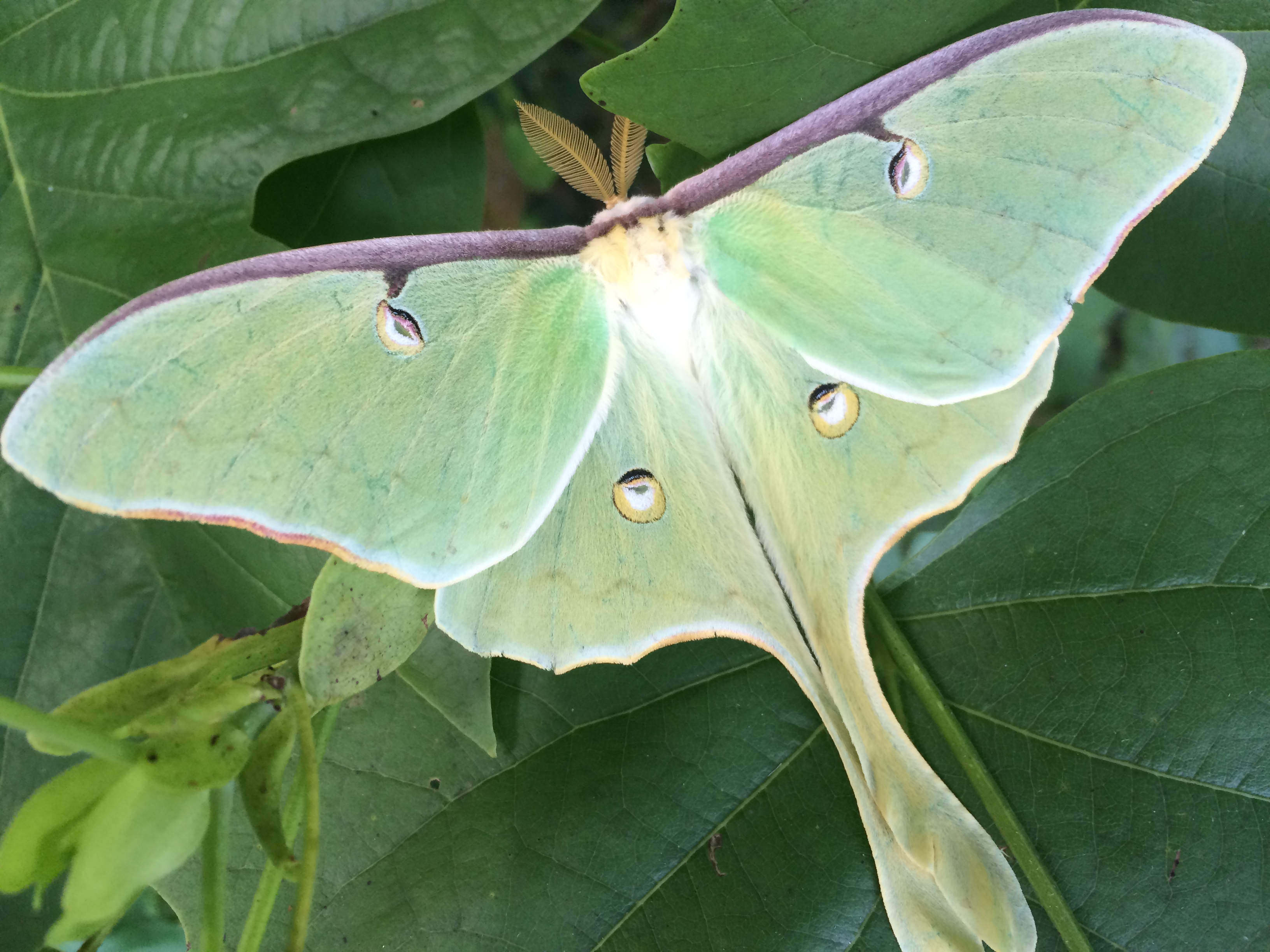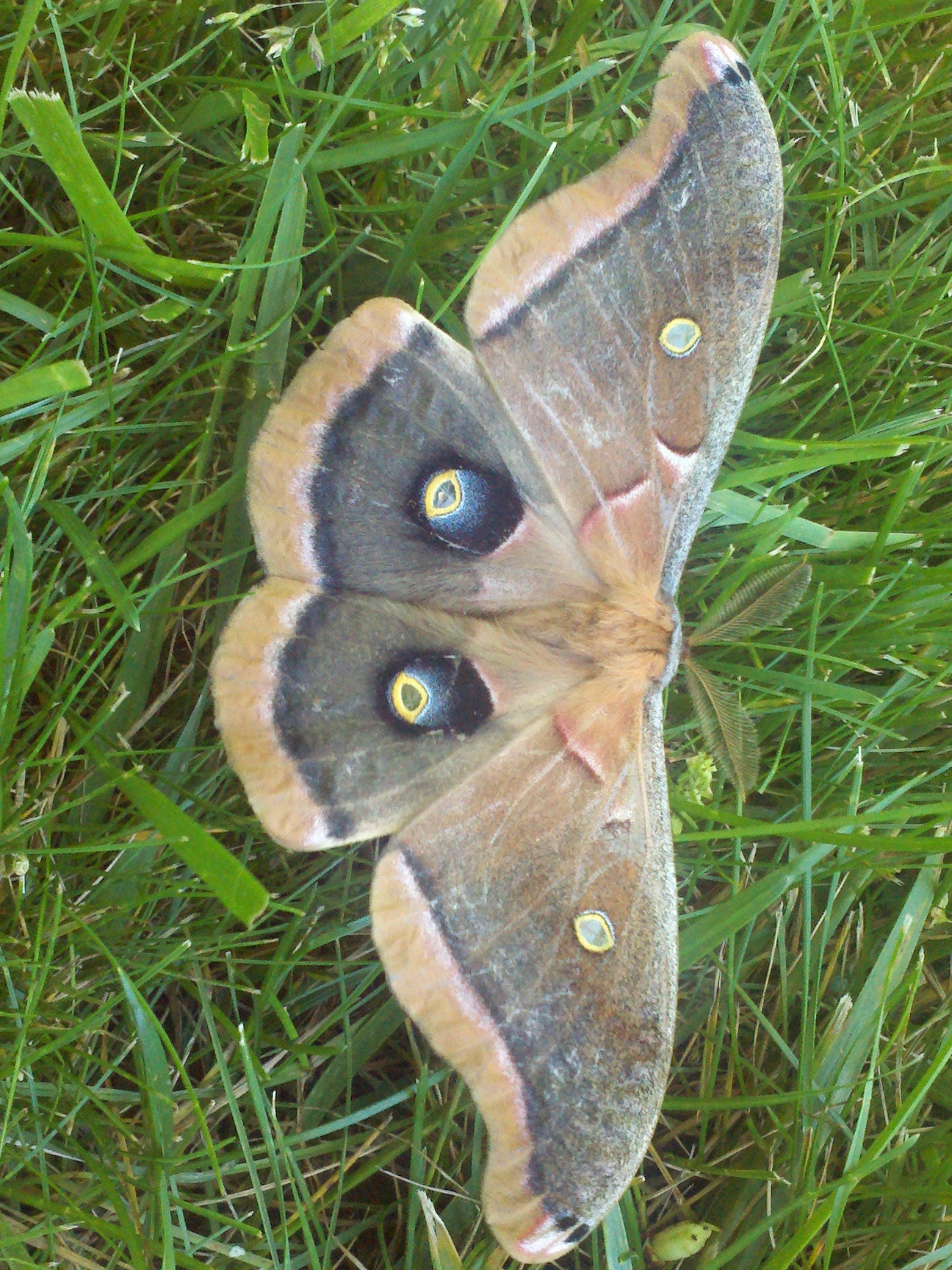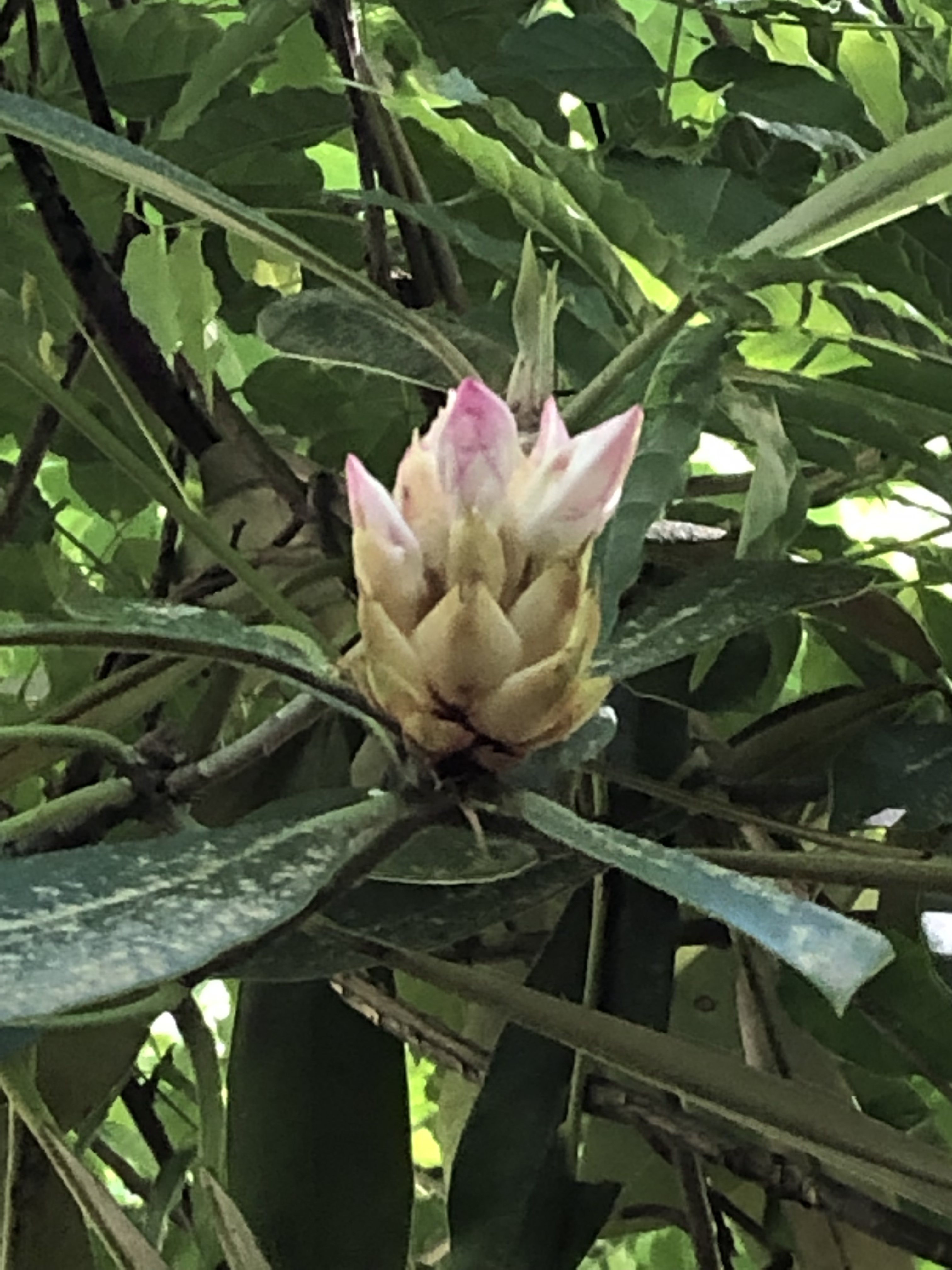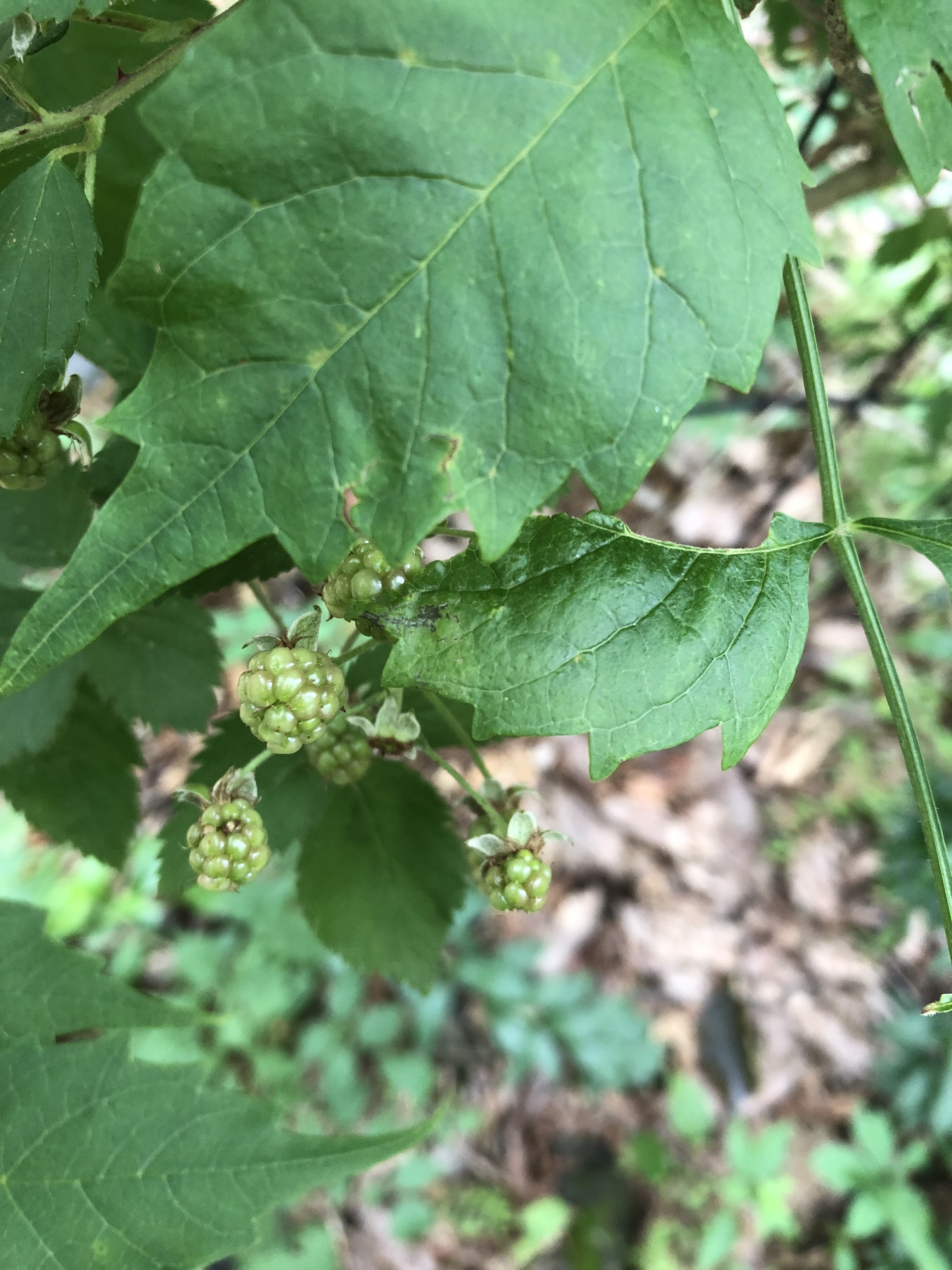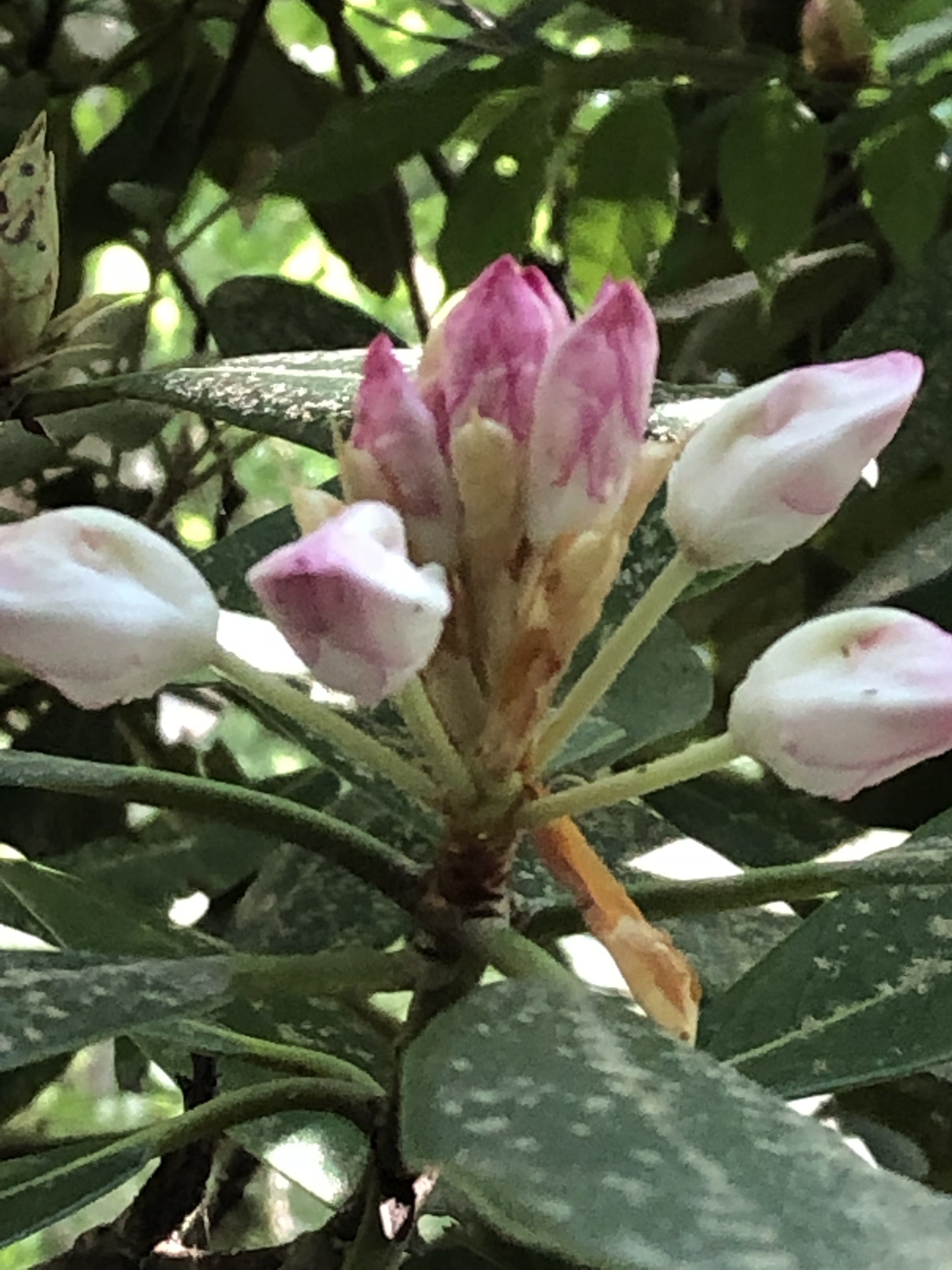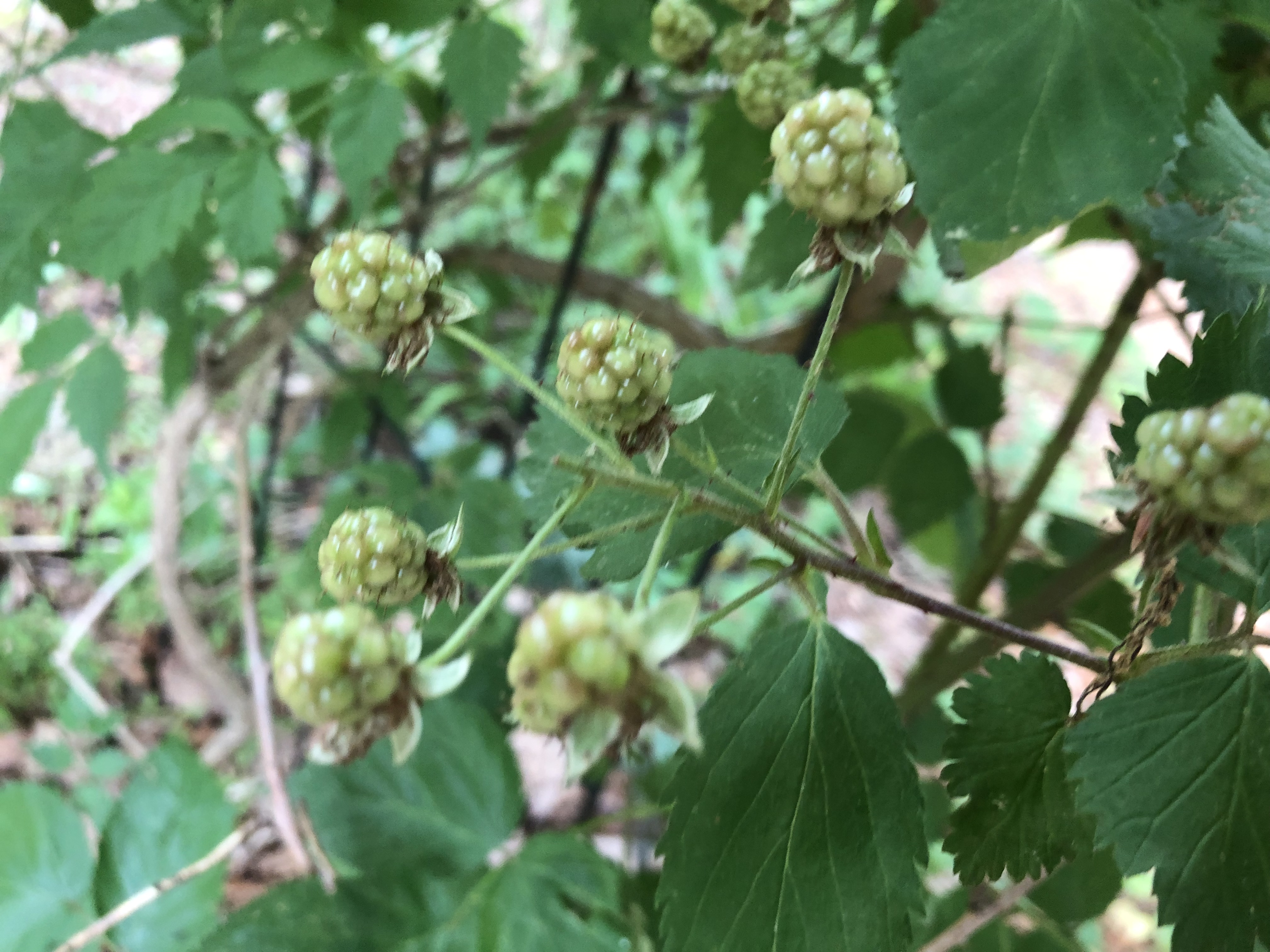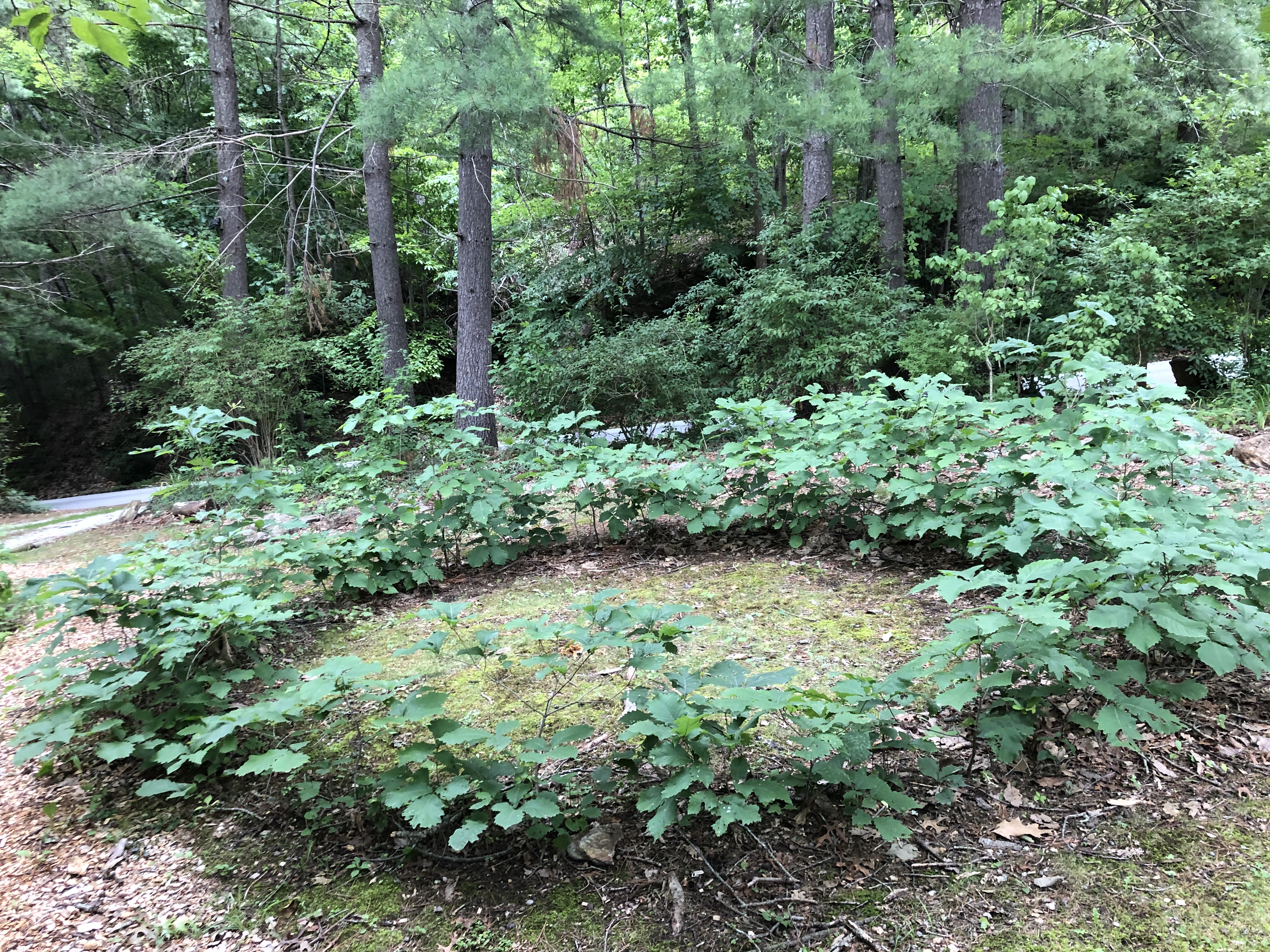TWH – Today in the northern hemisphere we honor the abundant light and in the southern hemisphere the returning light. This year the solstice occurs today, June 20, 2020, at 21:44 UTC – which is 5:44 PM here at The Wild Hunt world headquarters in Miami, Florida.
The summer solstice is marked by a variety of Pagan traditions, and the TWH team is celebrating with our community. In the northern hemisphere, the Earth’s tilt faces the sun, while the far south is covered in darkness, and both are moments that are meaningful in science and spirit.
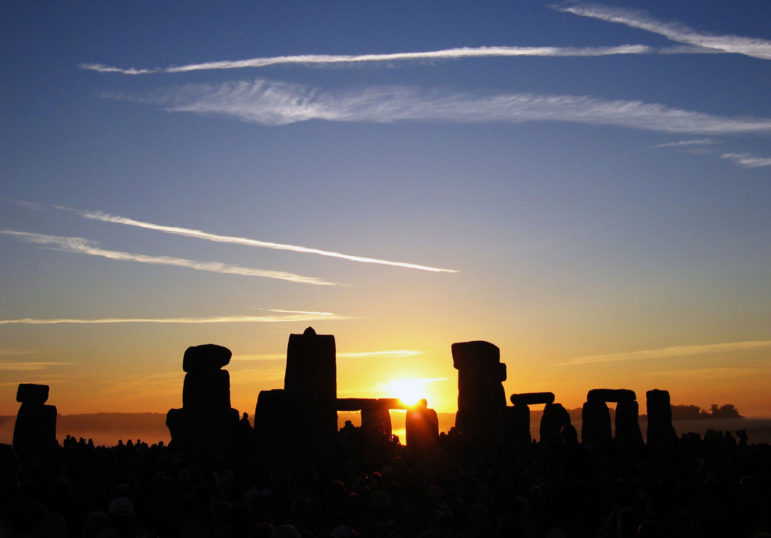
Solstice at Stonehenge [Wikimedia Commons, CC BY-SA 2.0]
In the farthest northern reaches, for the last few weeks and the next few, the daylight length is over 21 hours. Today, the north pole saw sunrise at 2:59 AM – only two hours and 17 minutes after it set the previous day. The sun will set tonight at 12:43 AM for another two hours of night.
The south pole has seen no daylight since mid-March and will begin to see daylight around August 1st. At one of the closest southern points, in Tierra del Fuego, daylight will last only seven hours and 22 minutes.
Due to the COVID-19 outbreak, one of the most famous celebrations of the solstice, the annual gatherings at Stonehenge, have been canceled. That said, there will be a live-stream of the solstice at Stonehenge this evening. See our recent article, “Pagan responses to Stonehenge solstice being live-streamed,” for more coverage on the event.
One of the earliest references to the solstice in US newspapers occurs in the Daily National Intelligencer from Washington, DC, on Wednesday, June 20, 1821,
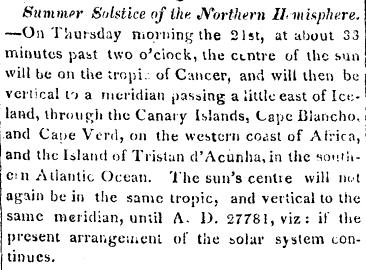
The solstices had been referenced four years earlier in a rather cryptic article about comets in the sample publication on August 28, 1817. In that article, we are informed that “the heat of boiling water is three times greater than dry earth at the summer solstice.”
National Geographic reminds us that the solstice is also deeply rooted in human culture.
The summer solstice—also called midsummer—has long been recognized and often celebrated by many cultures around the world. The ancient Egyptians, for example, built the Great Pyramids so that the sun, when viewed from the Sphinx, sets precisely between two of the pyramids on the summer solstice.
Indeed, in honor of the wealth of sunshine, many cultures have celebrated with outdoor festivals well into the “night” and building bonfires along with dancing and music as part of both traditional religious rituals and secular celebrations.
In some modern Pagan practices, it is believed that this holiday represents the highest ascendancy of masculine divinity.
Some Pagans, especially those celebrating in Celtic traditions, see the solstices as the biannual battle between the Oak king and the Holly king. The Oak king is at his zenith of power in the north while the Holly king is within his peak in the south.
Other traditions see the solstice as a turn. In the north, the power of the plentiful light is a reminder to enjoy the moment, for the light begins to wane as we turn to the dark. Similarly, for the south, the solstice is a reminder that despite the darkest night, the light remains unconquered.

Sunflower fields near Fargo, SD. Photo by Hephaestos.
The summer solstice is also known as Midsummer in some traditions, and Litha in others.
In Sweden, Midsummer is an official holiday celebrated with co-occurring Feast of St. John in the Christian church. While previously set as June 24, the Swedish Parliament declared in 1952 that the holiday should be celebrated on the weekend. So now it occurs on the Saturday between June 20 and June 26, with celebrations beginning on Midsummer’s eve.
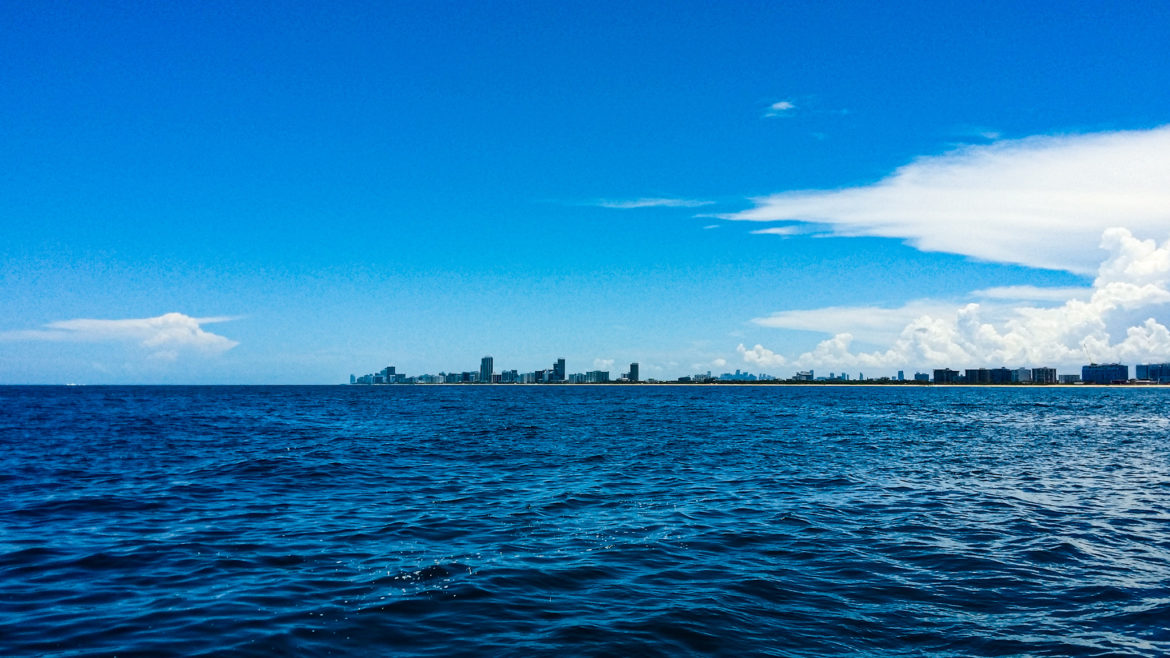
Offshore [Photo Credit: MJTM]
Our editor-in-chief, Manny Tejeda-Moreno, wrote about personal some summer solstice traditions in Salt, Tears or the Sea, that he experienced being in Florida and of both African and Celtic descent:
For us in Florida, though, when celebrating midsummer, there were three things you were supposed to do over the course of the day and into the night besides eat the ajiaco. The first of these was to jump over a small fire at least once. A small burning log was separated from the fires for us to jump over for the kids. The second thing was to bring herbs like basil, rosemary and oregano to wash in the surf. They were then bundled together and hung to dry at home, forming little salt crystals all over them. They were to be used during the next few days for both culinary and spiritual purposes. The third thing we were supposed to do is to stand with your back to the ocean and fall backwards into it seven times.
The roots of all these the celebrations were naturally pre-Christian. Just as with the Winter solstice, the early Christian church co-opted the holidays as part of liturgical festivals.
Our weekend editor, Eric O. Scott, shares a story about his visit to Iceland that echoes both solstices in his essay The Candle:
MIDSUMMER, I carve into the wax. If I were more clever, I would have thought to look up phrases in Icelandic for this purpose before I left for Tjörnin, but it was too late for that now. I had to settle for English words, in letters that predated either of the languages that currently make up my world, the language of my birth (the language of power, comfort, ignorance, colonialism) and the language of this land (the language of frustration, error, isolation, faith.) ICELAND, MIDSUMMER 2014 I carve, along with three other words, and I set the candle to burning, to release my spell into the night.
While our news editor, Star Bustamonte, shares this photo essay that includes a circle of tiny Oak trees in celebration of the solstice.
The solstices have both magickal and personal meaning for each us. And through them, there is always the promise of healing. Our colleague Eric Dupree raised that very point in his essay, “Midsummer’s generative promise”:
Midsummer can be the healer because healing is the sun as She fills the shifting spaces of darkness with a new light of potentiality washing over pale forearms and faces. This is the promise of the sun as I take her hand and step out of the darkness of winter and allow myself to be held in the generative mother that is Goddess.
From all of us at The Wild Hunt, thank you again for your time reading, your encouragement and whatever you support you are able to offer: financial, magickal and spiritual.
Solstice blessings, be it Midsummer or Yule – may they be many!
The Wild Hunt is not responsible for links to external content.
To join a conversation on this post:
Visit our The Wild Hunt subreddit! Point your favorite browser to https://www.reddit.com/r/The_Wild_Hunt_News/, then click “JOIN”. Make sure to click the bell, too, to be notified of new articles posted to our subreddit.

